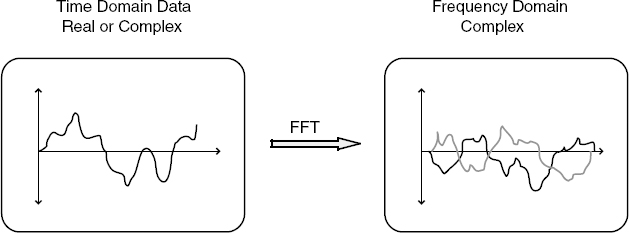CHAPTER 7
Source Coding
In earlier chapters we discussed the rich media multiplex. How do we capture the properties of wideband audio, image, and video and preserve the properties of the rich media mix as we move across the radio layer—into and through the network? Source coding is arguably the single most important process to address when we look at capturing and preserving complex content value. It effectively dictates how we dimension and prioritize our radio layer and network layer resources. In particular in this chapter we want to review how the evolution of MPEG-4 will influence future handset software functionality.
An Overview of the Coding Process
Let's begin this chapter by reviewing how we separately source-code voice, text, image, and video content. The following sections treat each of these topics in detail.
Voice
We have already discussed the adaptive multirate vocoder and wideband vocoder specified by 3GPP1. This is a speech synthesis codec and, as a result, provides us, conveniently, with the ability to support speech recognition, also specified by 3GPP1. The better the accuracy of the speech recognition (the distance from user to user), the higher the value. Similarly, the better the voice quality (measured on a mean opinion score), the more user value we deliver, but the more it costs to deliver, because of a higher coding rate.

Figure 7.1 Audio codec–time domain ...
Get 3G Handset and Network Design now with the O’Reilly learning platform.
O’Reilly members experience books, live events, courses curated by job role, and more from O’Reilly and nearly 200 top publishers.

